Home>Gardening & Outdoor>Landscaping Ideas>How To Remove Bermuda Grass From Fescue
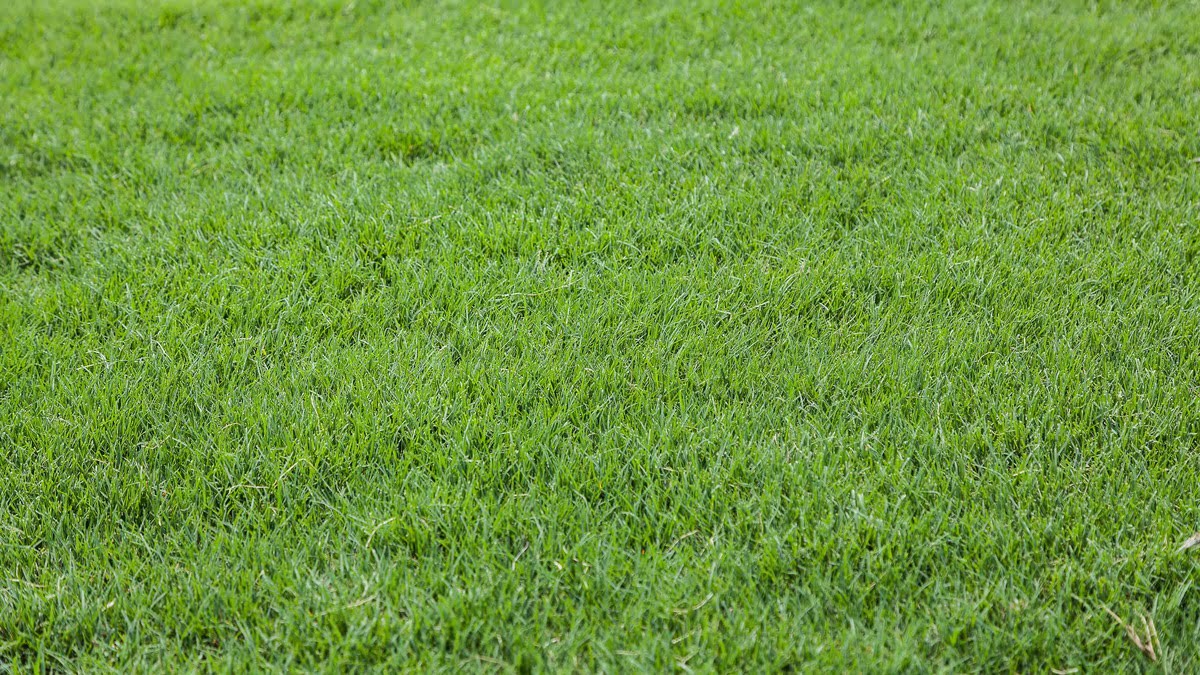

Landscaping Ideas
How To Remove Bermuda Grass From Fescue
Modified: March 26, 2024
Learn effective landscaping ideas for removing Bermuda grass from fescue lawns. Discover expert tips and techniques for a lush, weed-free yard.
(Many of the links in this article redirect to a specific reviewed product. Your purchase of these products through affiliate links helps to generate commission for Storables.com, at no extra cost. Learn more)
**
Introduction
**
When it comes to maintaining a lush and vibrant lawn, dealing with unwanted grass species can present a significant challenge. In particular, the presence of Bermuda grass within a fescue lawn can be a persistent nuisance for homeowners and landscapers alike. Bermuda grass, known for its aggressive growth and resilience, often infiltrates fescue lawns, leading to an unsightly and uneven appearance. However, with the right strategies and a bit of know-how, it is possible to effectively remove Bermuda grass from fescue without causing harm to the desired grass species.
In this comprehensive guide, we will delve into the nuances of Bermuda grass and fescue, exploring the unique characteristics of each grass type and the challenges posed by their coexistence. Furthermore, we will outline various methods for eradicating Bermuda grass from fescue lawns, ranging from manual removal techniques to targeted chemical control. Additionally, we will discuss preventive measures to thwart Bermuda grass reinfestation, empowering you to maintain a pristine fescue lawn for years to come.
By gaining a deeper understanding of these grass varieties and implementing the suggested removal and prevention techniques, you can reclaim the beauty of your fescue lawn and cultivate an environment where this desirable grass species can thrive unhindered. Let's embark on this journey to bid farewell to unwanted Bermuda grass and restore the splendor of your fescue lawn.
**
Key Takeaways:
- Removing Bermuda grass from fescue lawns requires precision and patience. Manual removal and targeted herbicides are effective methods, while proactive lawn maintenance prevents reinfestation, ensuring a vibrant and resilient fescue lawn.
- Understanding the unique traits of Bermuda grass and fescue is crucial for successful removal. By embracing meticulous manual removal and judicious use of selective herbicides, homeowners can bid farewell to unwanted Bermuda grass and cultivate a lush, vibrant fescue lawn.
Read more: How To Remove Bermuda Grass From Lawn
Understanding Bermuda Grass and Fescue
**
Before delving into the methods for removing Bermuda grass from fescue, it is essential to grasp the fundamental characteristics of these two grass species. Understanding the distinct traits of Bermuda grass and fescue will not only aid in identifying the invasive grass but also inform the selection of appropriate removal strategies.
Bermuda Grass
Bermuda grass (Cynodon dactylon) is renowned for its robust nature and rapid growth, making it a popular choice for warm-season lawns in many regions. This resilient grass species thrives in full sunlight and exhibits exceptional tolerance to heat and drought. Its aggressive spreading via aboveground stems, known as stolons, and belowground rhizomes enables Bermuda grass to colonize areas rapidly, often encroaching upon neighboring fescue lawns.
Identifying Bermuda grass can be facilitated by its fine-textured blades, which are typically wiry and narrow, and its proclivity to form dense, extensive root systems. Additionally, Bermuda grass often boasts a vibrant green hue and can be distinguished by its low, creeping growth habit.
Fescue
On the other hand, fescue encompasses several cool-season grass species, including tall fescue (Festuca arundinacea) and fine fescue (Festuca rubra). Fescue grasses are esteemed for their adaptability to a variety of soil types and their capacity to thrive in shaded or partially shaded areas. Unlike Bermuda grass, fescue exhibits a bunch-type growth pattern, forming clumps rather than spreading through stolons or rhizomes.
Characteristic features of fescue grass include broader, coarser blades and a more upright growth habit compared to Bermuda grass. Furthermore, fescue lawns often boast a lush, dark green appearance and are prized for their resilience in cooler climates.
By discerning the distinguishing features of Bermuda grass and fescue, you can effectively identify the presence of Bermuda grass within your fescue lawn and devise a targeted approach for its removal. Armed with this knowledge, let us explore the methods for eradicating Bermuda grass from fescue lawns.
**
Methods for Removing Bermuda Grass from Fescue
**
When confronted with the task of eliminating Bermuda grass from a fescue lawn, employing effective removal methods is crucial to achieving long-lasting results. From manual extraction to targeted chemical control, various approaches can be adopted to address the invasive presence of Bermuda grass within fescue turf.
Manual Removal
Manual removal stands as a labor-intensive yet highly precise method for eradicating Bermuda grass from fescue lawns. This approach involves carefully excavating the invasive grass, ensuring the complete extraction of its stolons, rhizomes, and root systems. To execute manual removal effectively, a sharp-edged spade or sod cutter can be utilized to sever the Bermuda grass from the fescue turf, minimizing the likelihood of regrowth.
Chemical Control
For widespread infestations or persistent Bermuda grass encroachment, targeted herbicides can be employed to mitigate its presence within fescue lawns. Selective herbicides formulated specifically for warm-season grasses, such as Bermuda grass, can be applied with precision to minimize harm to the desirable fescue turf. Before utilizing any herbicidal treatment, it is imperative to carefully read and adhere to the product instructions, ensuring its compatibility with fescue and the recommended application rates.
Preventing Bermuda Grass Reinfestation
Following the successful removal of Bermuda grass from a fescue lawn, preemptive measures should be implemented to prevent its reinfestation. Regular lawn maintenance practices, including proper mowing, adequate irrigation, and routine dethatching, can promote the vigor of fescue grass while creating an inhospitable environment for Bermuda grass resurgence. Additionally, overseeding with fescue varieties that are well-suited to the local climate and soil conditions can bolster the resilience of the fescue lawn, further inhibiting the regrowth of Bermuda grass.
By integrating these removal methods and preventive measures, you can effectively combat the encroachment of Bermuda grass within your fescue lawn, fostering an environment where fescue can flourish unhindered. With a clear understanding of these removal strategies, let us proceed to explore each approach in greater detail, equipping you with the knowledge to reclaim the pristine beauty of your fescue lawn.
**
Manual Removal
**
Manual removal serves as a meticulous and targeted approach to eradicating Bermuda grass from fescue lawns, offering a viable solution for addressing localized infestations and minimizing the risk of harm to the desired grass species.
Tools and Techniques
When embarking on the endeavor of manually removing Bermuda grass from fescue, equipping oneself with the appropriate tools and employing precise techniques is paramount. A sharp spade, sod cutter, or similar cutting implement can aid in severing the invasive grass from the fescue turf, facilitating its extraction while minimizing disturbance to the surrounding lawn. Care should be taken to ensure that the cutting tool is honed to a keen edge, enabling clean and precise incisions to be made.
Methodical Extraction
The process of manual removal entails carefully excavating the Bermuda grass, ensuring the comprehensive extraction of its stolons, rhizomes, and root systems to prevent regrowth. By methodically dissecting the affected areas and diligently removing the invasive grass along with its subterranean structures, the likelihood of resurgence can be significantly reduced. This meticulous approach is particularly effective for targeting isolated patches of Bermuda grass within the fescue lawn, enabling the preservation of the surrounding desirable turf.
Vigilance and Persistence
Although manual removal demands patience and perseverance, its precision and non-disruptive nature make it a preferred method for homeowners and landscapers seeking to maintain the integrity of their fescue lawns. Regular inspection and vigilant monitoring of the treated areas are essential to address any potential regrowth promptly. By exercising diligence and persistence in the manual removal process, the fescue lawn can be safeguarded from the encroachment of Bermuda grass, allowing it to thrive unimpeded.
By embracing the meticulous nature of manual removal and implementing the recommended tools and techniques, you can effectively eliminate Bermuda grass from your fescue lawn while preserving the health and aesthetics of the desired turf. This targeted approach empowers you to reclaim the beauty of your lawn and foster an environment where fescue can flourish without the intrusion of unwanted grass species.
**
To remove Bermuda grass from fescue, use a non-selective herbicide containing glyphosate. Apply it carefully to avoid harming the fescue, and repeat as needed to fully eradicate the Bermuda grass.
Chemical Control
**
When faced with widespread infestations of Bermuda grass within fescue lawns or persistent encroachment that necessitates a comprehensive solution, targeted chemical control can be a viable method for mitigating the invasive grass while safeguarding the integrity of the desired fescue turf.
Selective Herbicides
Utilizing selective herbicides formulated specifically for warm-season grasses, such as Bermuda grass, can offer a precise and effective means of eradicating the invasive grass from fescue lawns. These herbicidal formulations are designed to selectively target Bermuda grass while minimizing harm to the desirable fescue turf, providing a tailored solution for addressing the coexistence of these distinct grass species within the lawn.
Application Techniques
Prior to applying any herbicidal treatment, it is imperative to carefully assess the compatibility of the selected product with fescue and adhere to the recommended application rates and timing. Selective herbicides can be administered using targeted spray applications, ensuring thorough coverage of the affected areas while minimizing overspray onto the fescue turf. Employing precision in the application process is essential to mitigate the impact on non-target vegetation and promote the effective suppression of Bermuda grass.
Post-Treatment Considerations
Following the application of selective herbicides, diligent monitoring of the treated areas is essential to assess the efficacy of the chemical control and address any potential regrowth of Bermuda grass. It is advisable to refrain from mowing the lawn for a specified duration after herbicidal treatment to allow the product to exert its full effect on the targeted grass species. Additionally, implementing post-treatment measures, such as overseeding with fescue varieties suited to the local climate and soil conditions, can bolster the resilience of the fescue lawn and inhibit the reestablishment of Bermuda grass.
By judiciously employing targeted chemical control and adhering to best practices for herbicidal application, you can effectively manage the presence of Bermuda grass within your fescue lawn, fostering an environment where the desired turf can thrive unimpeded. This approach offers a comprehensive solution for addressing widespread infestations and persistent encroachments, empowering you to reclaim the beauty and integrity of your fescue lawn.
**
Read more: How To Kill Bermuda Grass In Fescue Lawn
Preventing Bermuda Grass Reinfestation
**
Following the successful removal of Bermuda grass from a fescue lawn, implementing proactive measures to prevent its reinfestation is essential to safeguard the integrity of the desired turf and maintain a pristine and vibrant lawn environment.
Lawn Maintenance Practices
Regular and conscientious lawn maintenance practices play a pivotal role in creating an environment that is conducive to the flourishing of fescue while inhibiting the resurgence of Bermuda grass. Mowing the fescue lawn at the appropriate height, typically between 2.5 to 3.5 inches, not only promotes the vigor of the desirable turf but also impedes the regrowth of Bermuda grass by limiting its access to sunlight and stunting its growth. Additionally, routine dethatching and aeration can enhance the overall health of the fescue lawn while mitigating conditions favorable to Bermuda grass reestablishment.
Adequate Irrigation
Providing the fescue lawn with consistent and adequate irrigation is instrumental in fortifying its resilience and creating an inhospitable environment for Bermuda grass reinfestation. Watering the lawn in the morning hours to facilitate optimal absorption and minimize moisture retention during the evening can deter the resurgence of Bermuda grass, which thrives in moist and humid conditions. Adhering to a balanced irrigation regimen tailored to the specific needs of fescue grass can bolster its vitality and suppress the potential regrowth of invasive grass species.
Overseeding and Soil Amendment
Overseeding the fescue lawn with high-quality fescue varieties that are well-suited to the local climate and soil conditions can bolster the density and resilience of the turf, further inhibiting the reinfestation of Bermuda grass. Additionally, amending the soil with organic matter and essential nutrients can enhance the vigor of the fescue lawn while creating an environment that is less favorable to the encroachment of unwanted grass species.
By integrating these preventive measures into your lawn care regimen, you can fortify the resilience of your fescue lawn and deter the reinfestation of Bermuda grass, fostering an environment where the desired turf can thrive unhindered. With a proactive and attentive approach to lawn maintenance, you can safeguard the beauty and integrity of your fescue lawn for years to come, ensuring that it remains free from the intrusion of unwanted grass species.
**
Conclusion
**
As we conclude our journey into the realm of removing Bermuda grass from fescue lawns, it is evident that a nuanced understanding of these distinct grass species and the implementation of targeted removal and prevention strategies are crucial to fostering a vibrant and resilient lawn environment. By discerning the unique characteristics of Bermuda grass and fescue, homeowners and landscapers can effectively identify the invasive grass and select appropriate methods for its eradication.
Embracing the meticulous nature of manual removal, individuals can meticulously extract Bermuda grass from fescue lawns, preserving the integrity and aesthetics of the desired turf while minimizing the risk of reinfestation. Furthermore, the judicious use of selective herbicides offers a comprehensive solution for addressing widespread infestations and persistent encroachments, enabling the effective management of Bermuda grass within fescue lawns.
Following the successful removal of Bermuda grass, the implementation of proactive measures, including diligent lawn maintenance practices, adequate irrigation, and overseeding with resilient fescue varieties, is instrumental in preventing the reinfestation of unwanted grass species. By fortifying the resilience of the fescue lawn and creating an inhospitable environment for Bermuda grass, homeowners and landscapers can cultivate a vibrant and enduring lawn landscape.
Armed with these insights and strategies, you are empowered to reclaim the beauty of your fescue lawn and foster an environment where this desirable turf can thrive unhindered. By integrating manual removal, targeted chemical control, and preventive measures into your lawn care regimen, you can bid farewell to unwanted Bermuda grass and cultivate a lush and vibrant fescue lawn that serves as a testament to your dedication and horticultural prowess.
As you embark on the journey to remove Bermuda grass from your fescue lawn, may your efforts yield a verdant and resilient landscape that is a source of pride and joy for years to come. With a harmonious coexistence of fescue and the absence of invasive grass species, your lawn will stand as a testament to the enduring beauty and vitality of nature’s green tapestry.
Frequently Asked Questions about How To Remove Bermuda Grass From Fescue
Was this page helpful?
At Storables.com, we guarantee accurate and reliable information. Our content, validated by Expert Board Contributors, is crafted following stringent Editorial Policies. We're committed to providing you with well-researched, expert-backed insights for all your informational needs.
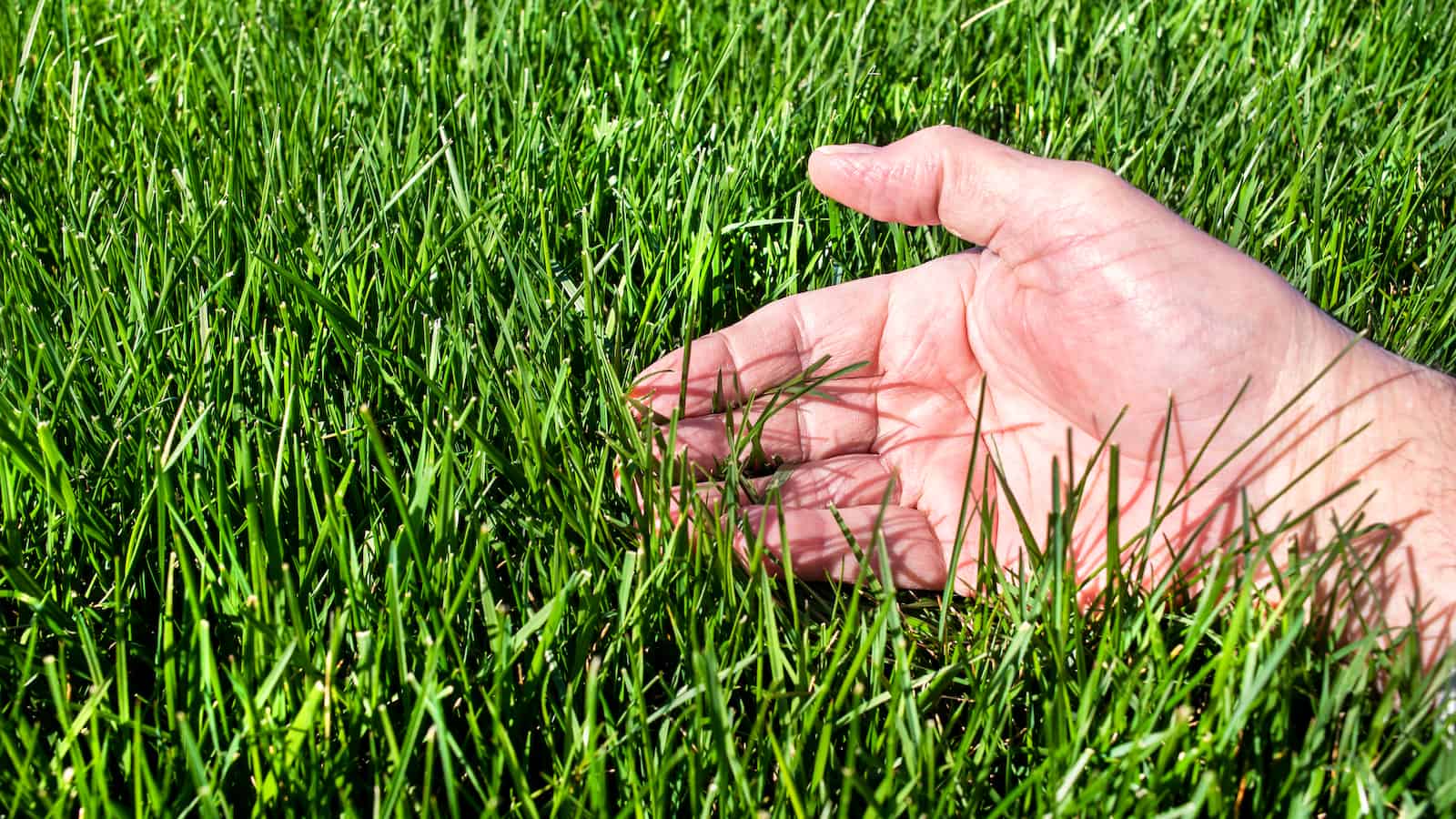
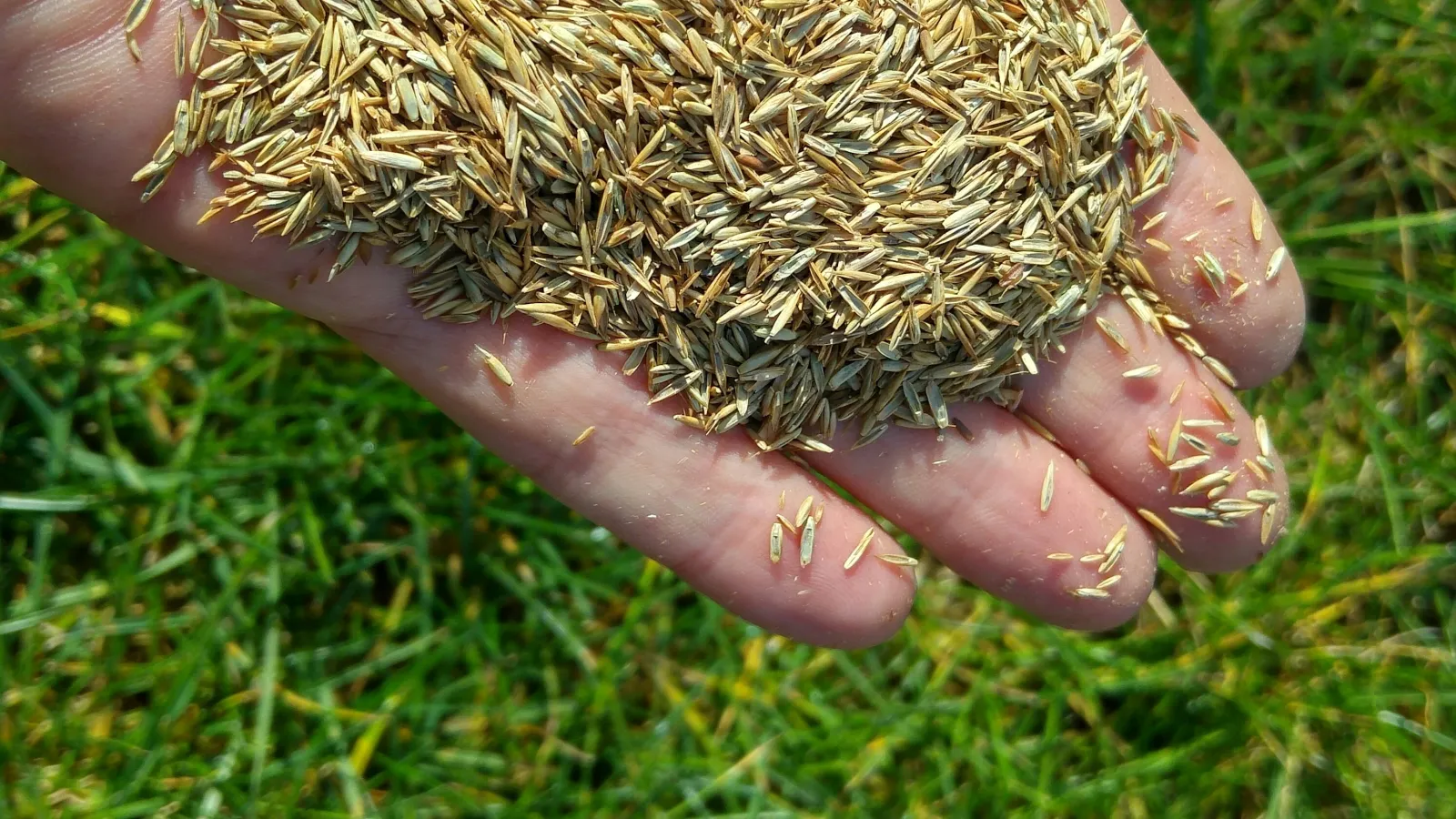
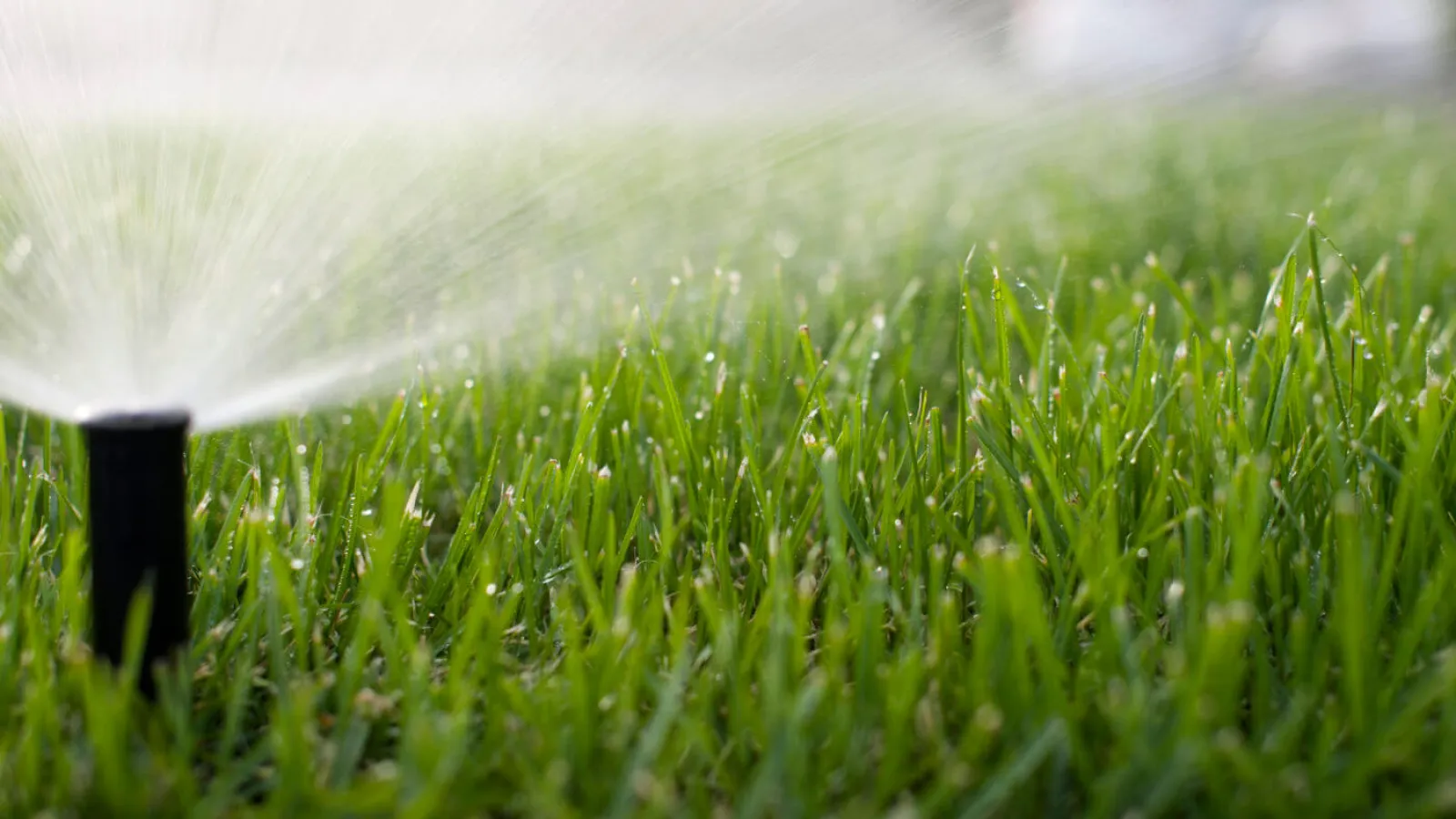
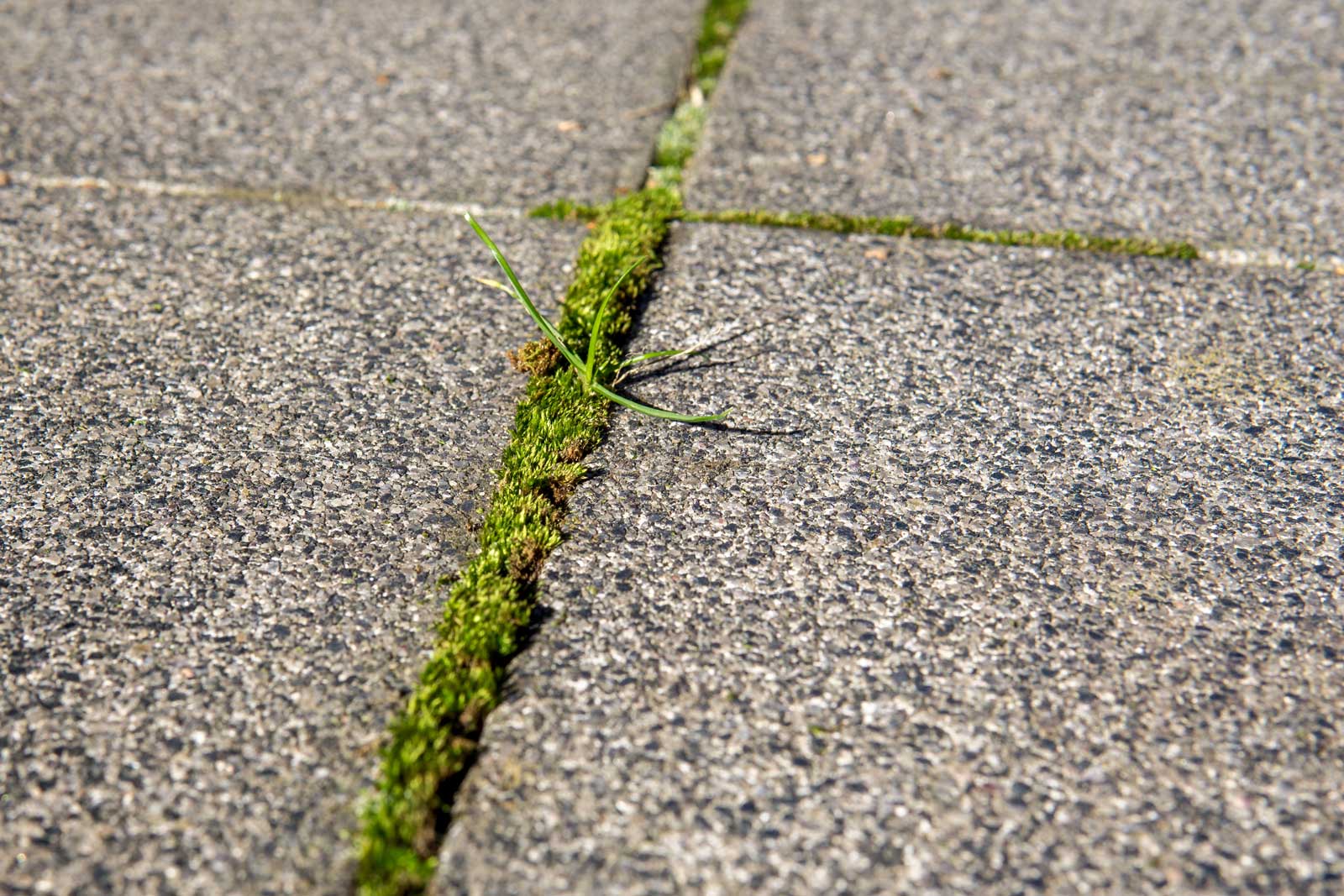
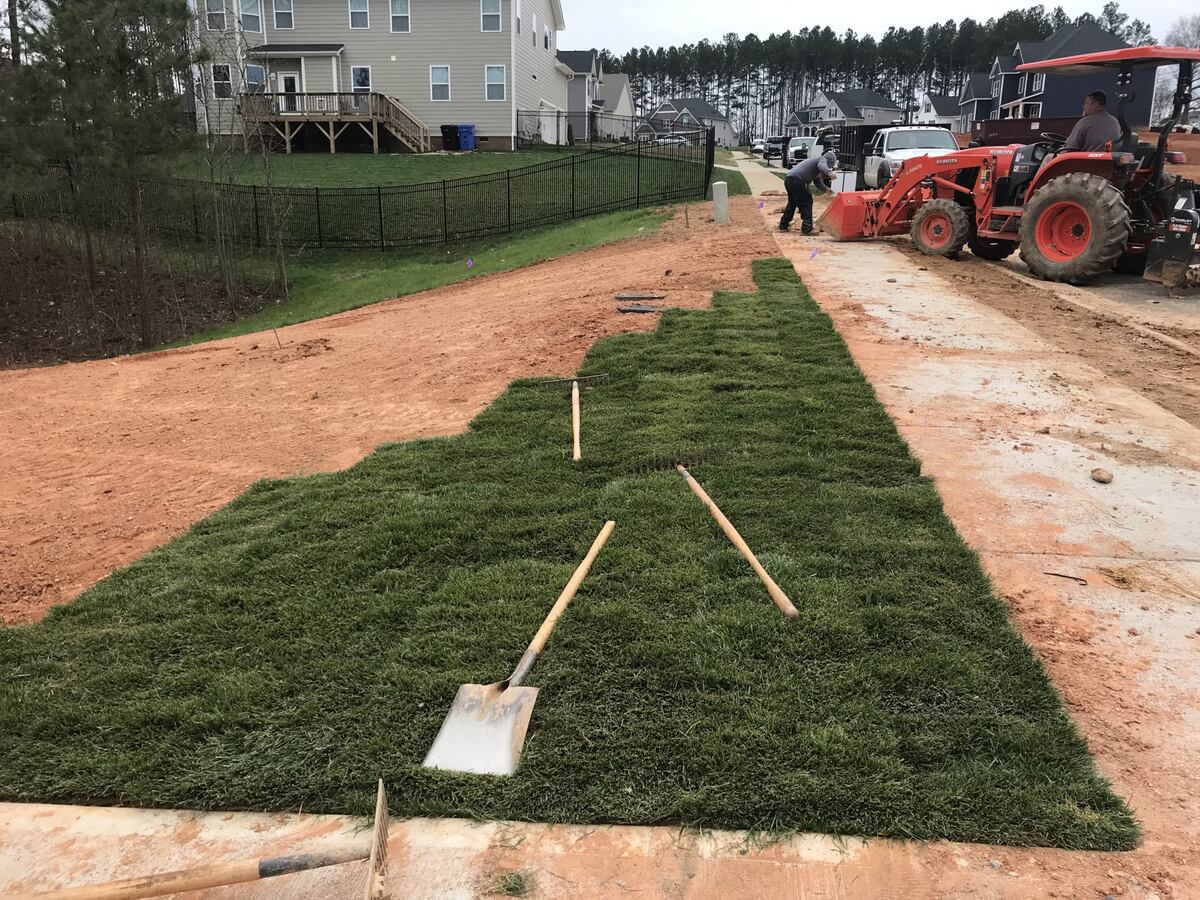
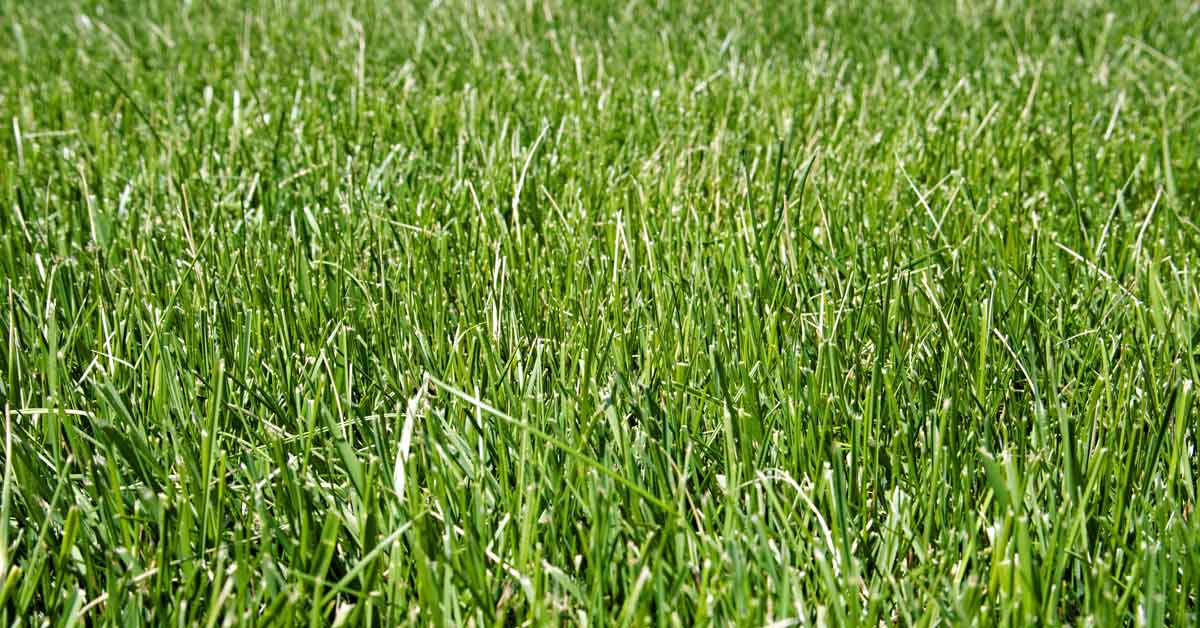
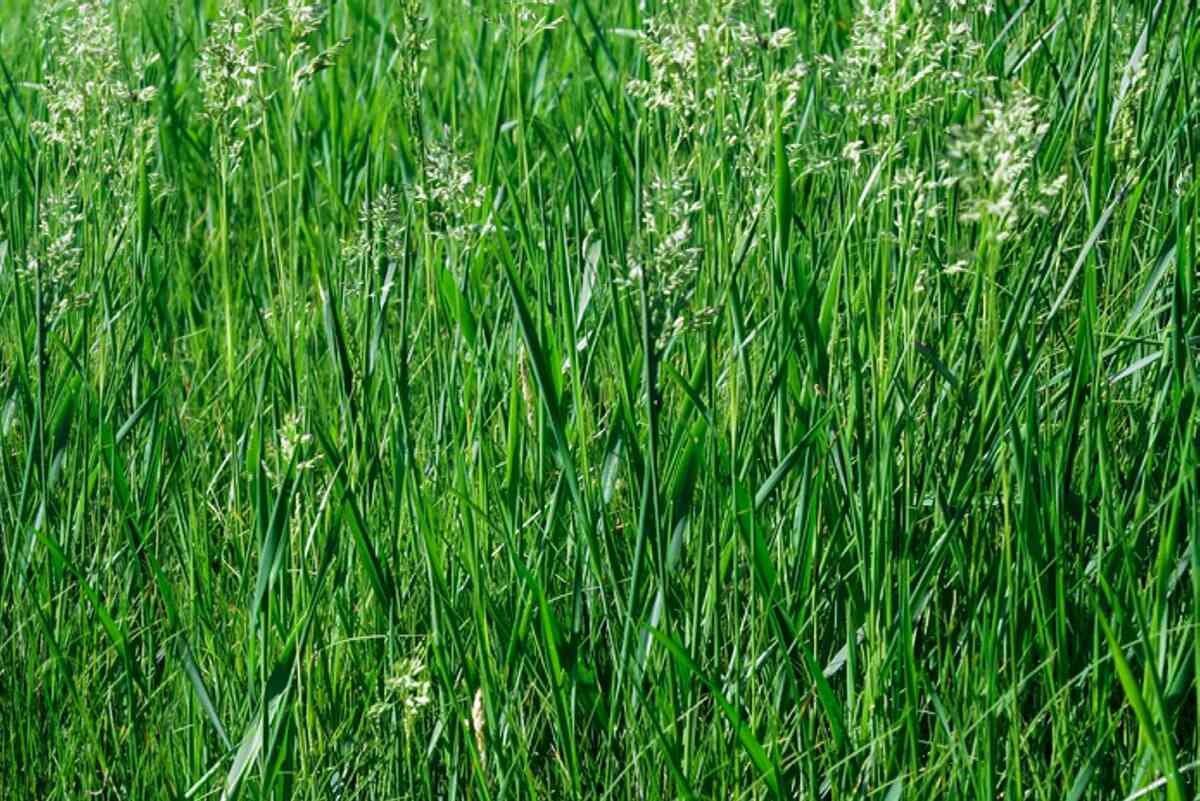
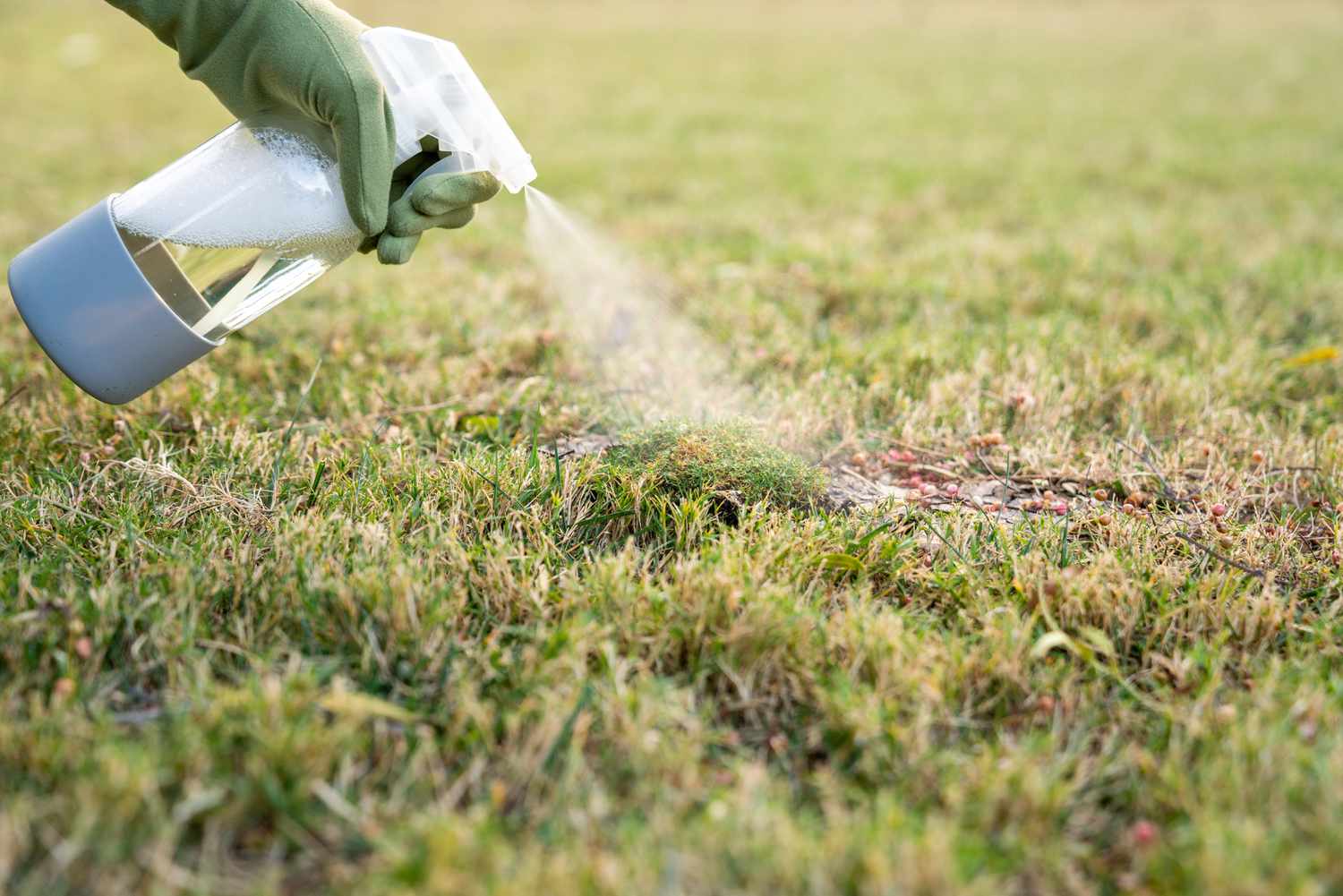
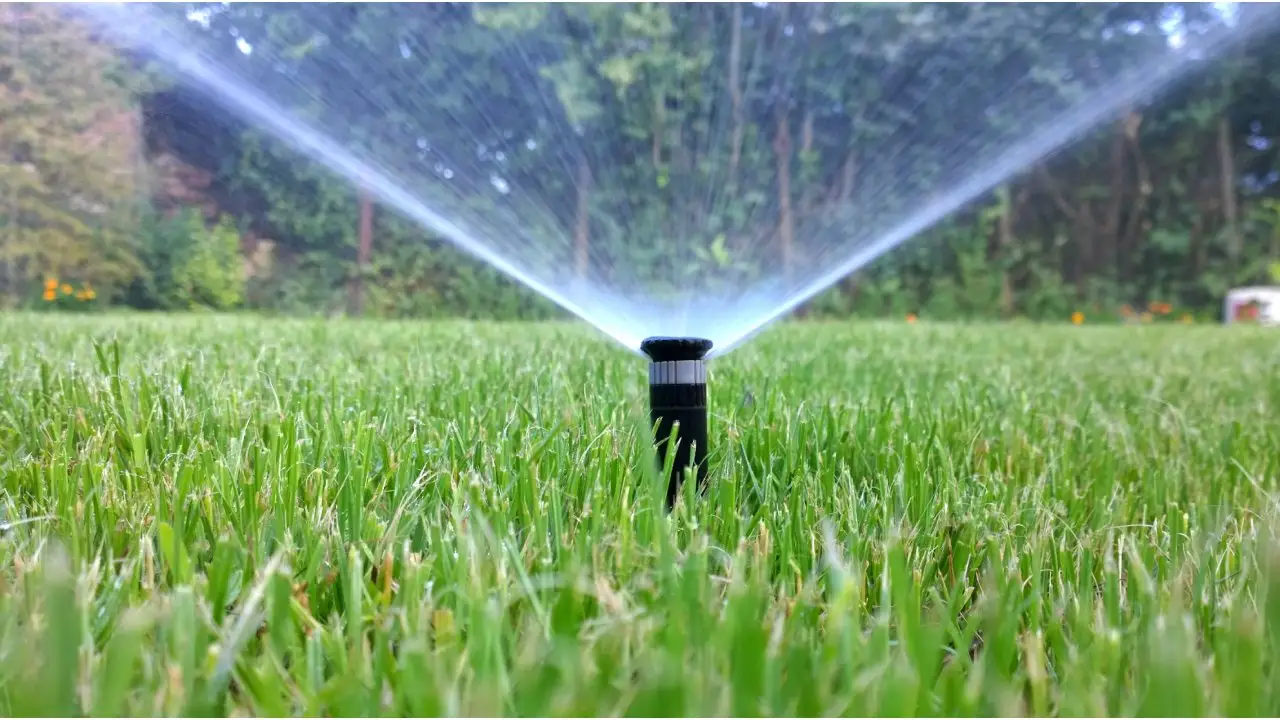
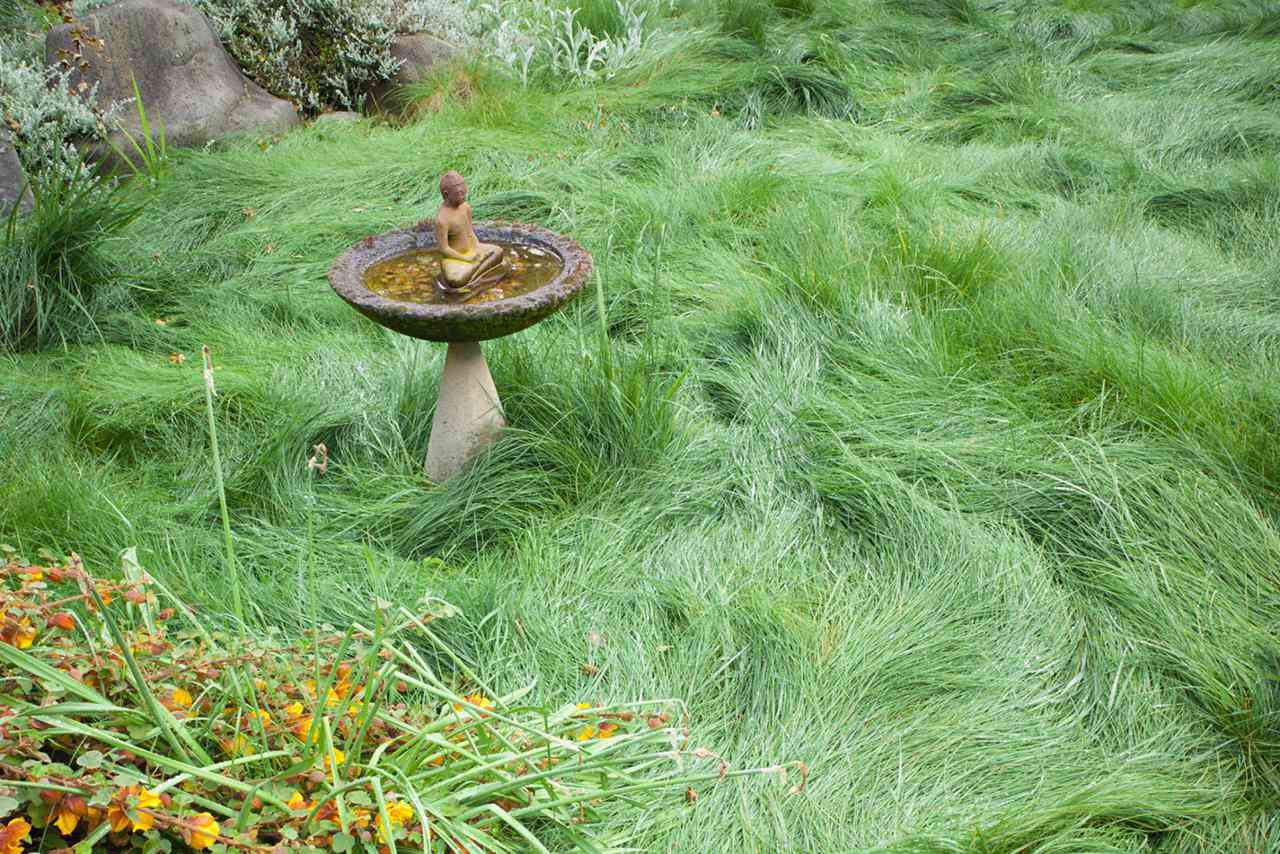
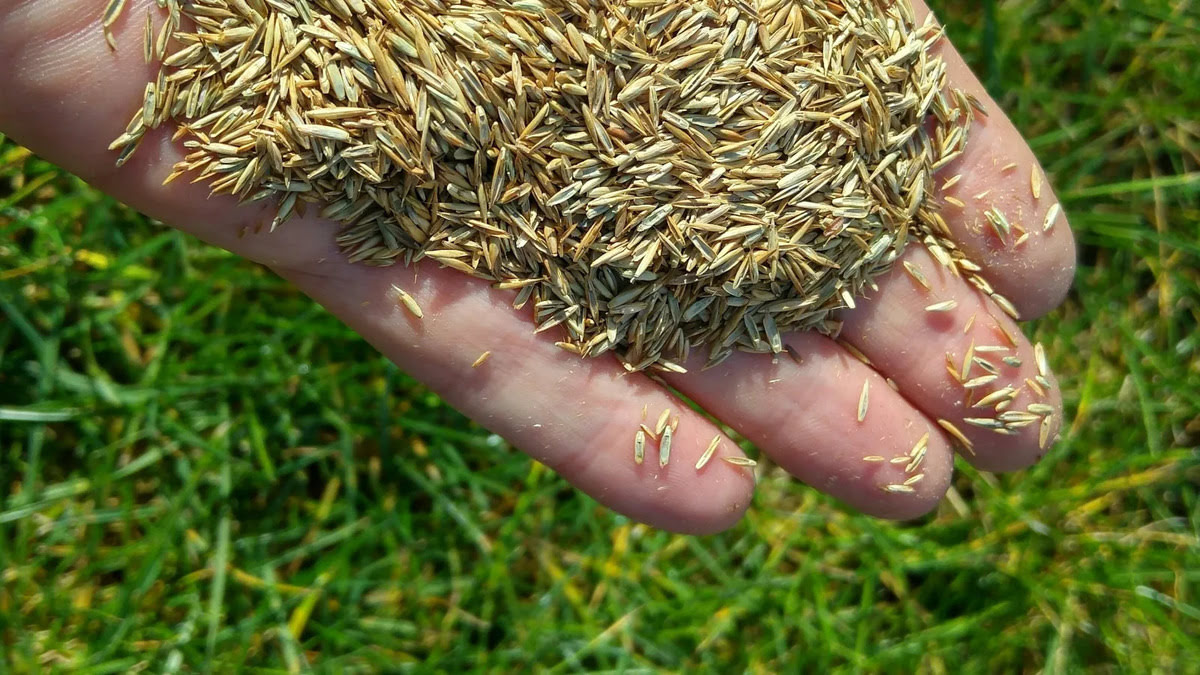
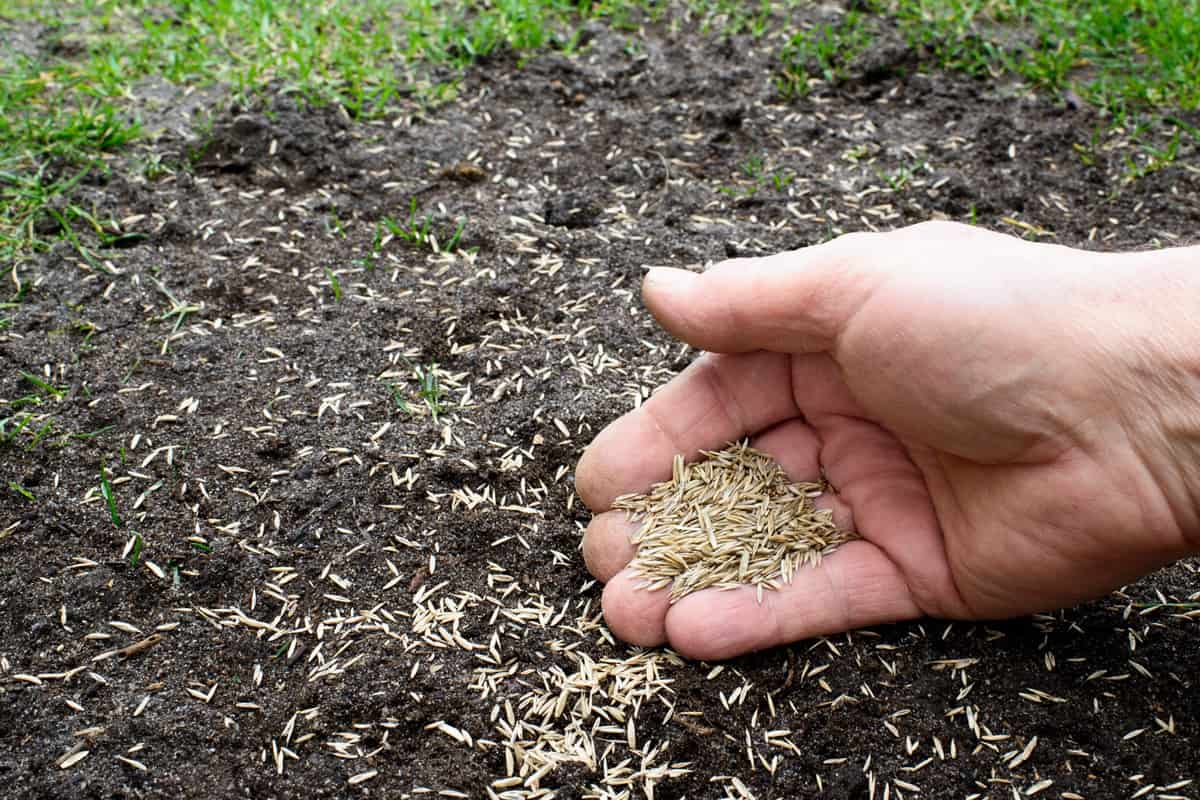
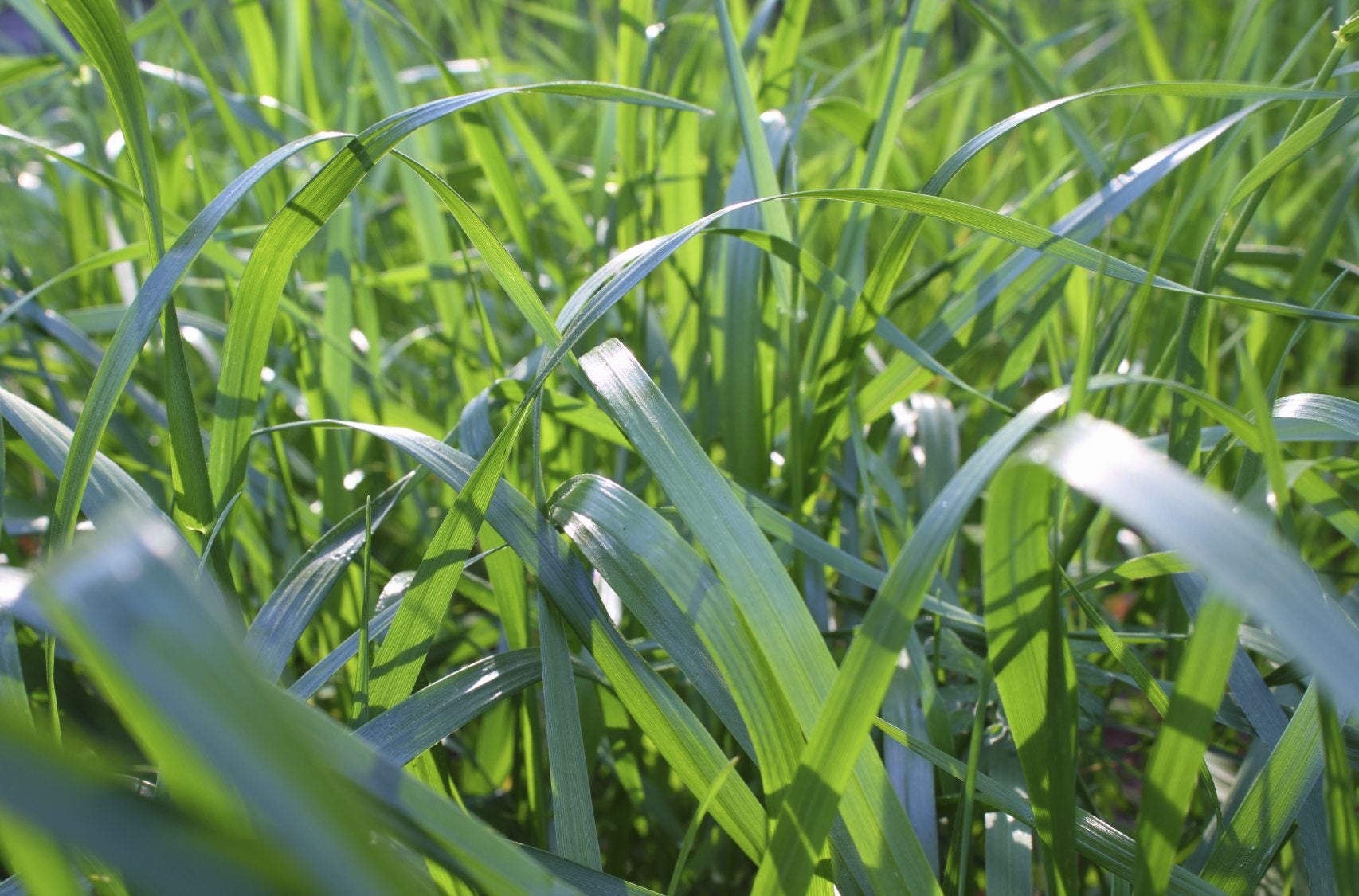
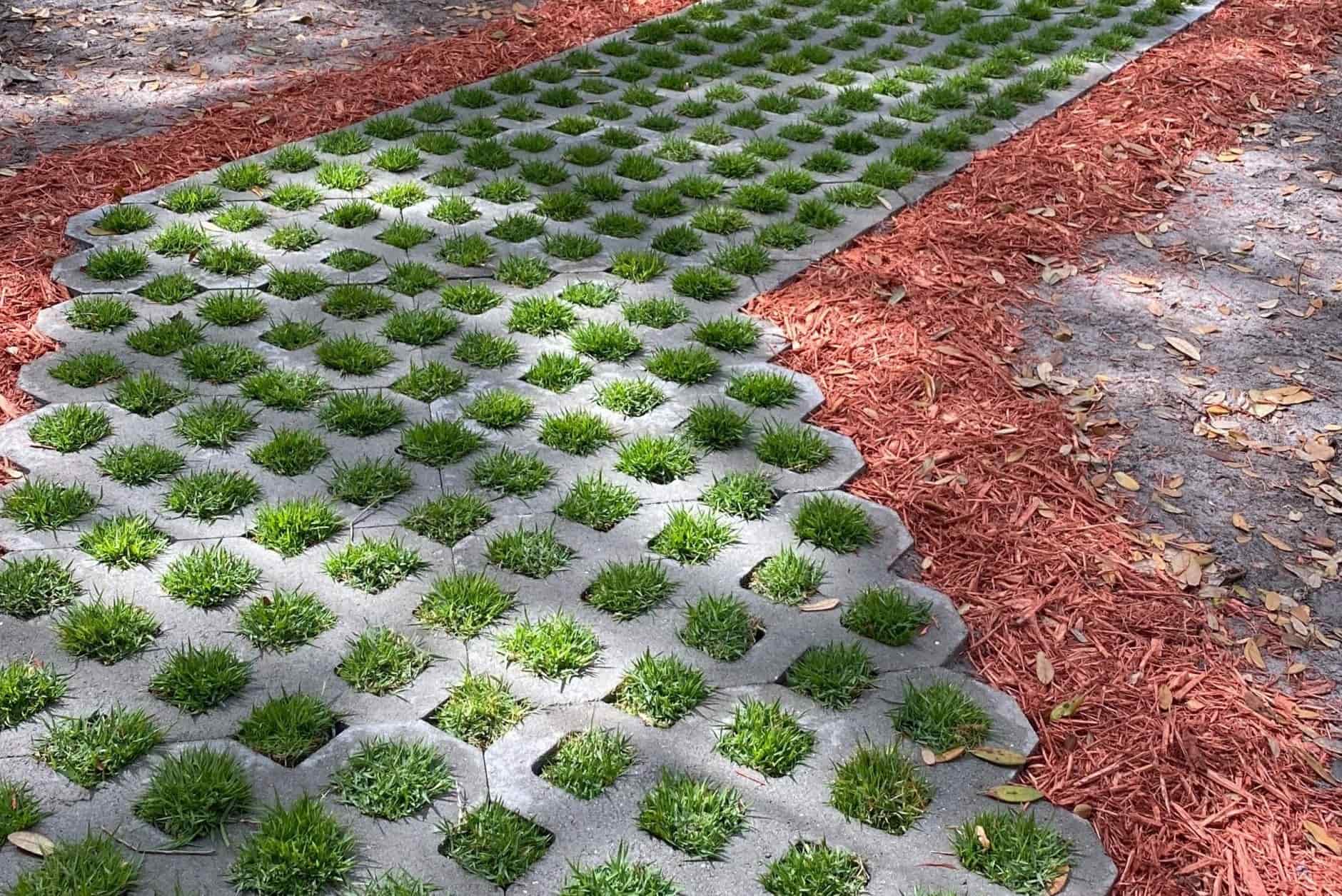

0 thoughts on “How To Remove Bermuda Grass From Fescue”